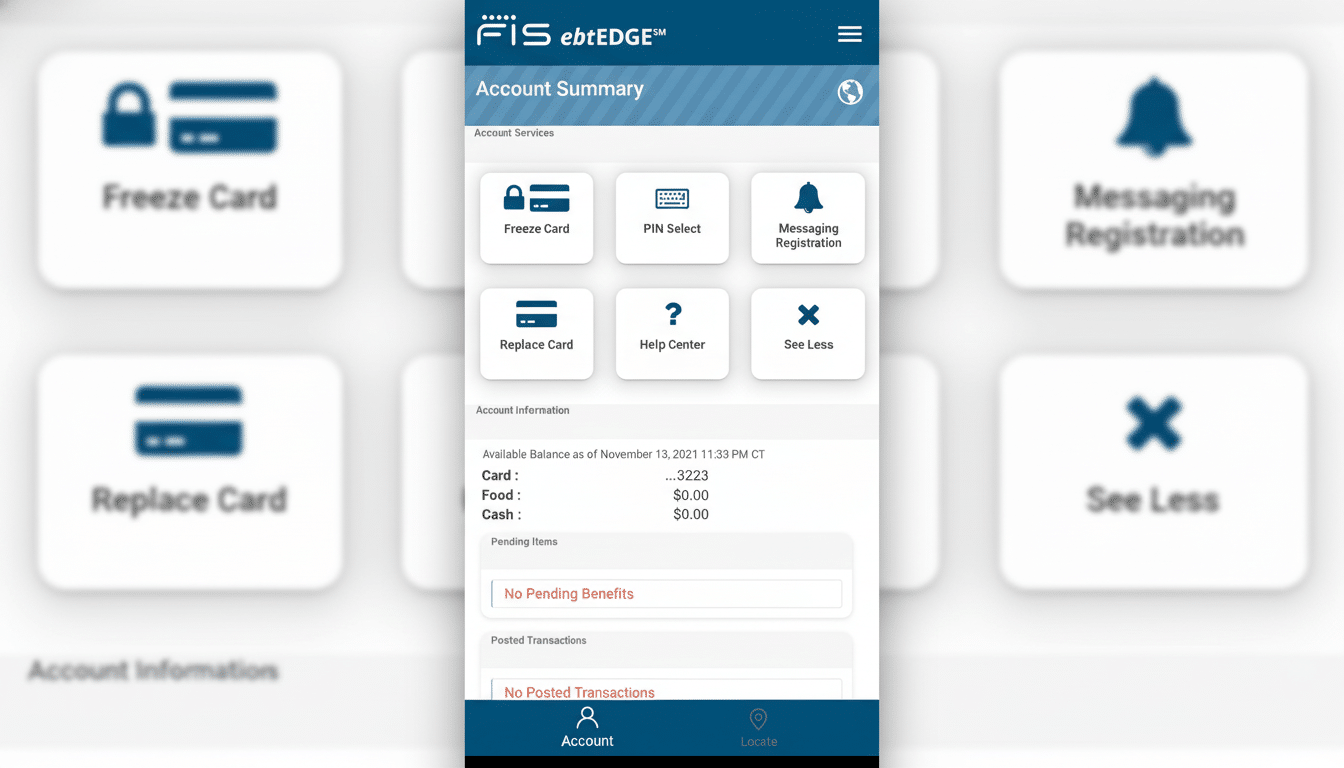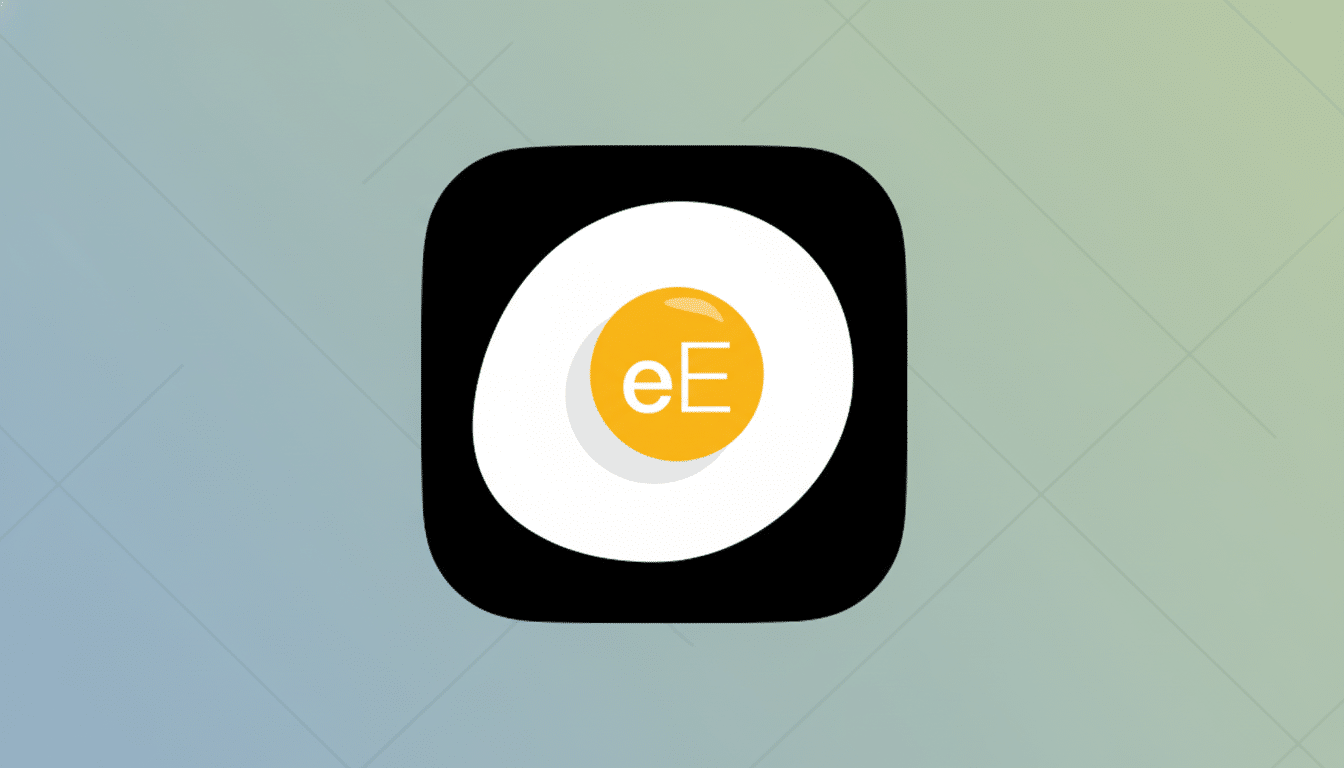As the government shutdown drags on, families that rely on the Supplemental Nutrition Assistance Program are doing their best to fend off worries about how to make up for missed benefits. According to the USDA, SNAP is used by over 40 million people every month, and as advocates note, uncertainty about issuance schedules can easily mean empty pantries for families living paycheck to paycheck. The good news: a growing array of trusted tools online can help households find food now, track benefits and stay informed.
Determine Benefits and Issuance Updates
Begin with your state’s official SNAP and EBT portals to verify your case status, your next issuance date and any emergency updates. Balance checks and alerts are available from many states using ebtEDGE or ConnectEBT. Opt in for text or email notifications where available to be first to know about schedule adjustments.
- Determine Benefits and Issuance Updates
- Find Local Food Quickly With Trusted Directories
- Order Groceries Online With an EBT Card and Save
- Support for Families With Children and WIC Resources
- Scams and Card Skimming Awareness for EBT Users
- Emergency Cash and Worker Aid During Funding Gaps
- Where to Start Today for Reliable Food Assistance

The Food and Nutrition Service at the USDA maintains current guidance and state contact information, as well as interim policies during funding gaps. Use online chat features or web forms if your agency’s call center gets overwhelmed.
Third-party apps used by many SNAP users, like the Providers app from Propel, can assist with tracking EBT balances and identifying common problems. And, as always, check your app-based alerts against what the state is officially posting so you know you’re not getting bad info.
Find Local Food Quickly With Trusted Directories
Feeding America’s food bank locator and Hunger Free America’s directory are some of the best online tools for immediate food assistance. And if you’d rather talk, the National Hunger Hotline at 866-3-HUNGRY (866-348-6479) will connect you with emergency food providers in your community and help you find food resources near you.
You can also look up your ZIP code through 211, run by local United Way affiliates, for emergency groceries, rent assistance and utility aid.
Community-based responses such as mutual aid networks and community fridges often list current availability on social platforms and neighborhood forums.
Hovering far above pre-pandemic levels, demand at food banks remains high, and the USDA says household food insecurity has been consistently greater in recent years. Anticipate lines, and plan for pickup windows; many groups now post distribution schedules online in order to minimize lines.
Order Groceries Online With an EBT Card and Save
SNAP’s Online Purchasing Program enables beneficiaries to purchase eligible food from authorized retailers. Many larger and regional grocery chains are taking EBT for online orders, offering curbside pickup. SNAP does not cover delivery and service fees, but some retailers and platforms do occasionally reduce or waive such fees on EBT transactions in specific regions — see the promotions sections of their apps.

Ordering online, if you don’t have a full-service store nearby, can also be an opportunity to stretch your budget — by enabling you to comparison shop and bypass impulse buys. Most delivery services charge a fee for each order you place, so try building your cart over a few days and checking prices, then submit one large order to reduce fees.
Support for Families With Children and WIC Resources
School meal programs continue to play an essential role in the food safety net. Free or reduced-price breakfast and lunch, weekend backpack programs, if applicable, and any emergency distribution sites are typically published on district websites in real time. State WIC websites also provide eligibility tools and appointment schedulers, as well as eWIC benefits information for pregnant women, women who have had a child in the past six months (or a year if breastfeeding), infants and children under five years old.
The states do have the option to declare temporary feeding programs or additional benefits during prolonged shutdowns. Check the websites of your state human services department and local school district’s information pages for the most immediate updates.
Scams and Card Skimming Awareness for EBT Users
And, as agencies warn, during crises scammers tend to target EBT users. Do not respond to texts or emails seeking your EBT number or PIN, and check any message against your state’s official site. If your state permits it, freeze and unfreeze your card when not in use, as well as change your PIN frequently.
Several states now reimburse legally collected SNAP benefit money that has been stolen through skimming rings. File a claim using your state’s portal as soon as you detect strange transactions, and keep notes on dates, times and amounts to expedite reviews. The Federal Trade Commission offers more advice on recognizing and reporting benefits fraud.
Emergency Cash and Worker Aid During Funding Gaps
Some advocacy groups provide targeted help during lulls in funding. In the past, One Fair Wage has announced emergency aid for workers in restaurants and service industries disrupted by various disasters, and cash microgrants are available sometimes at local worker centers. Municipal governments may also offer limited grocery card programs; find details on applications at municipal social services pages and community foundations.
Independent helplines, such as Lemontree, work to connect residents to free food opportunities in their cities, and a number of mutual aid groups keep publicly accessible spreadsheets with current resources. These homemade solutions can help fill in the gap while bigger programs recalibrate.
Where to Start Today for Reliable Food Assistance
- Log into your state SNAP or EBT portal online and sign up for alerts.
- Find the closest distributions near you by using Feeding America or Hunger Free America.
- Order inexpensive EBT pickup when available to collect staples.
- If you need immediate help, call 866-3-HUNGRY or dial 211.
Keeping plugged into these tried-and-true online channels can be downright stabilizing as the shutdown grinds on.

